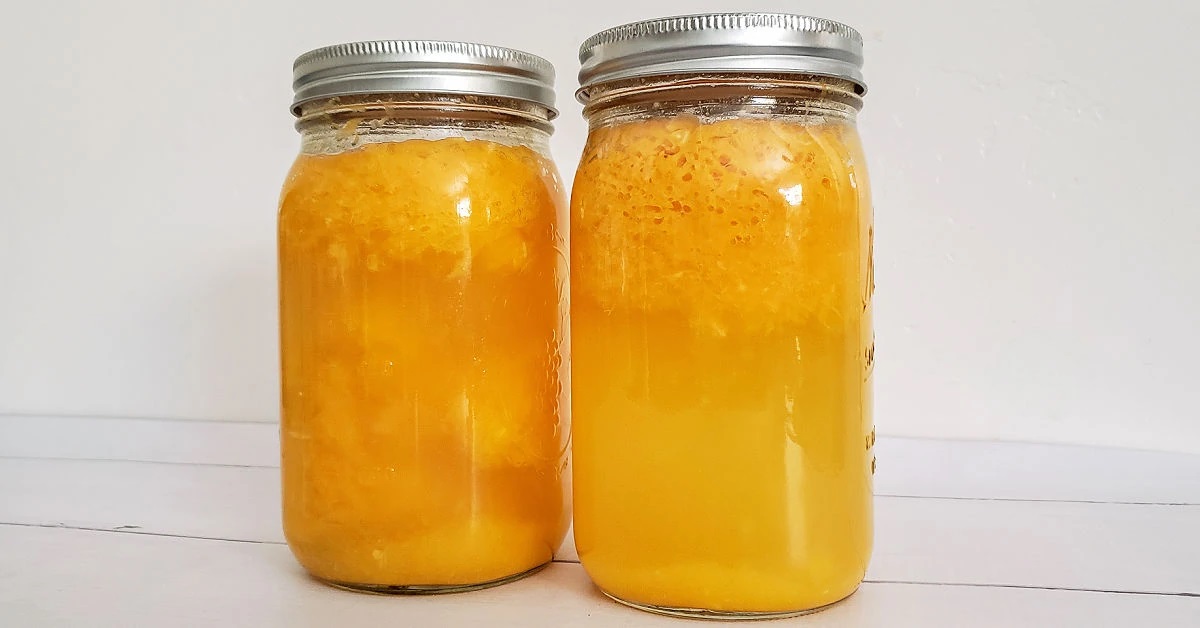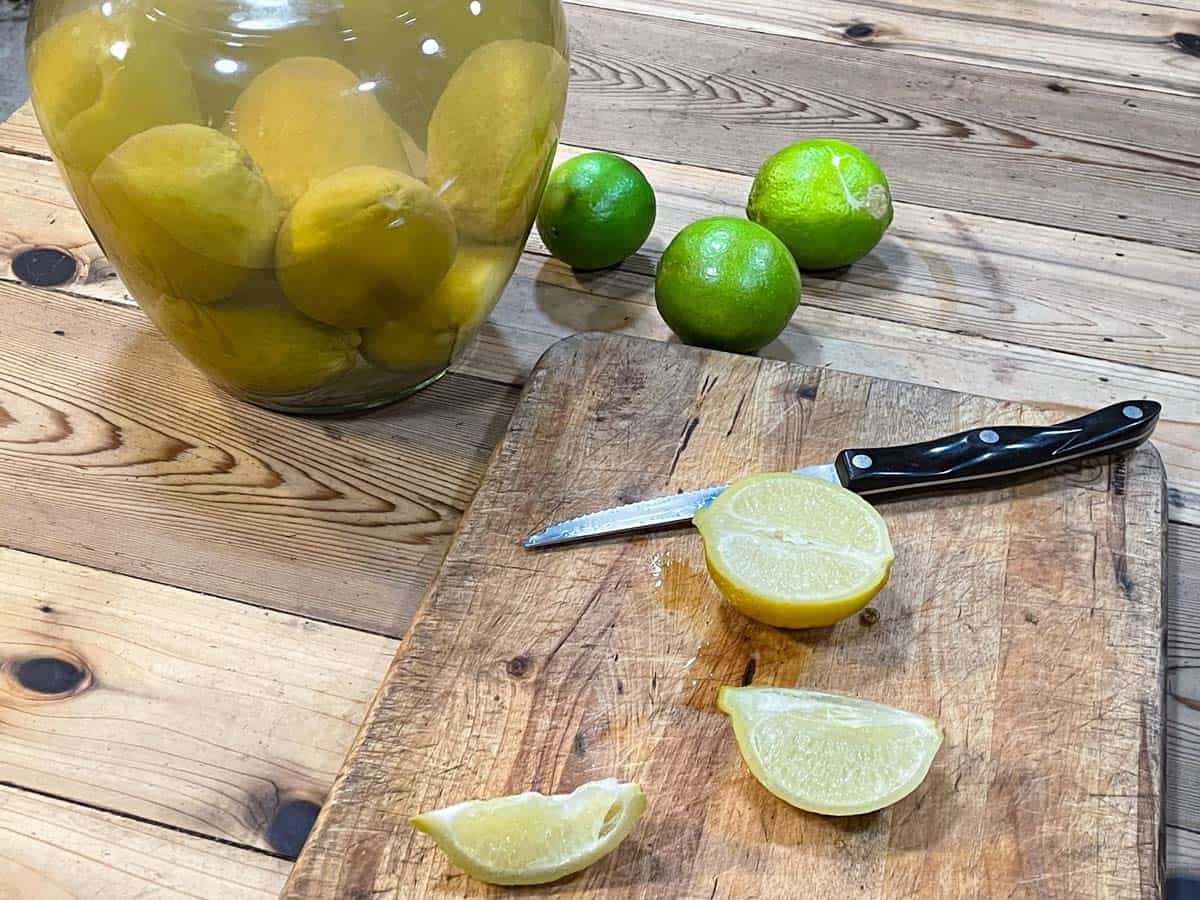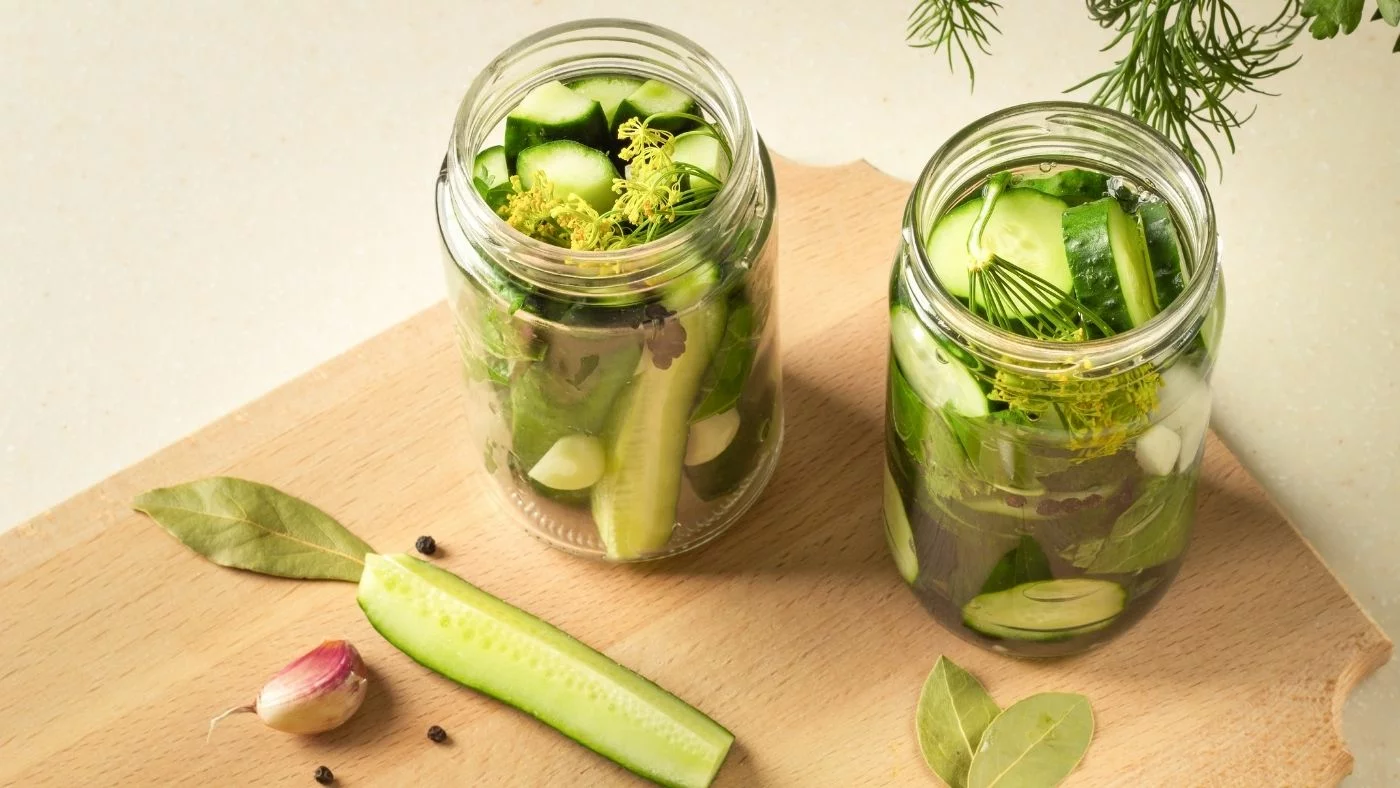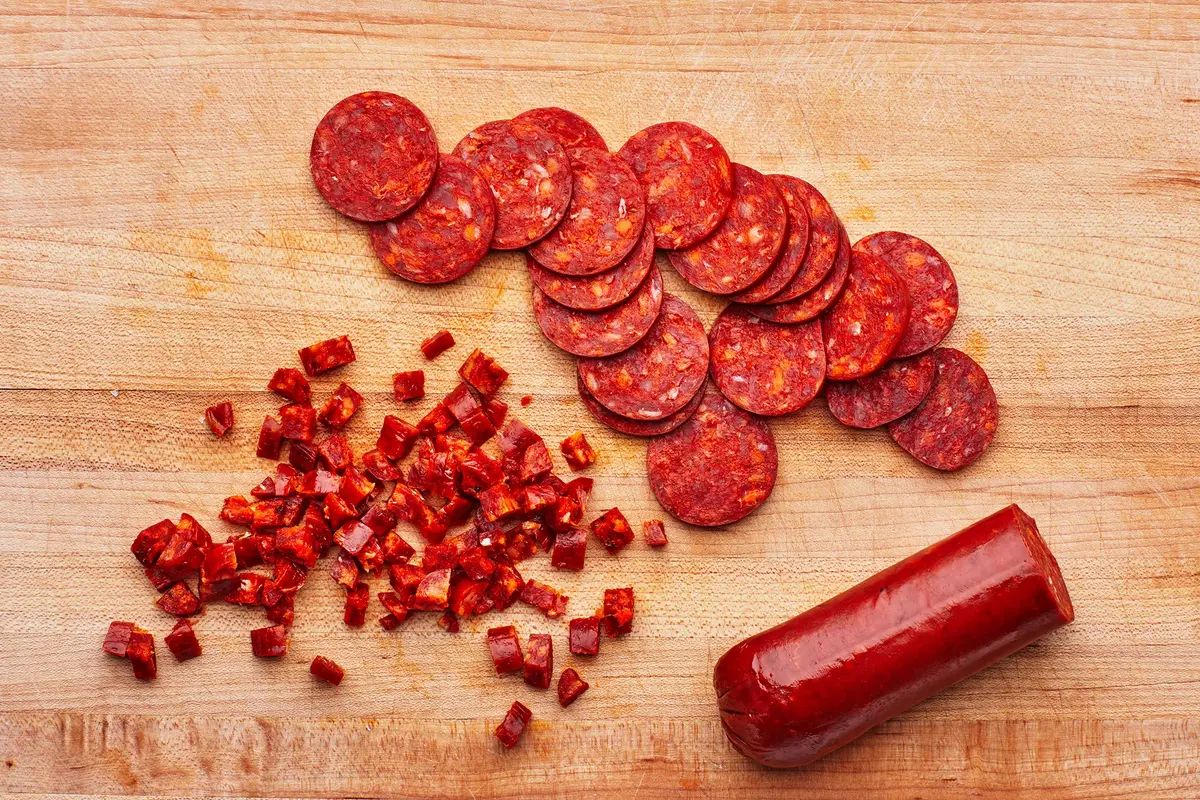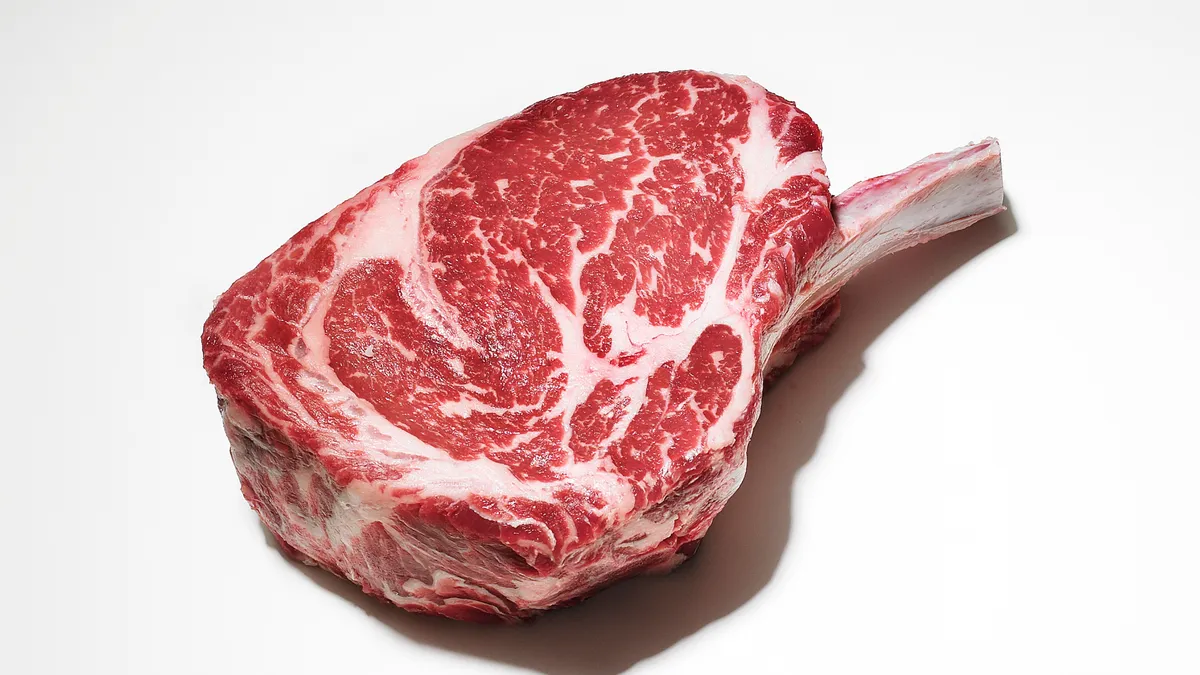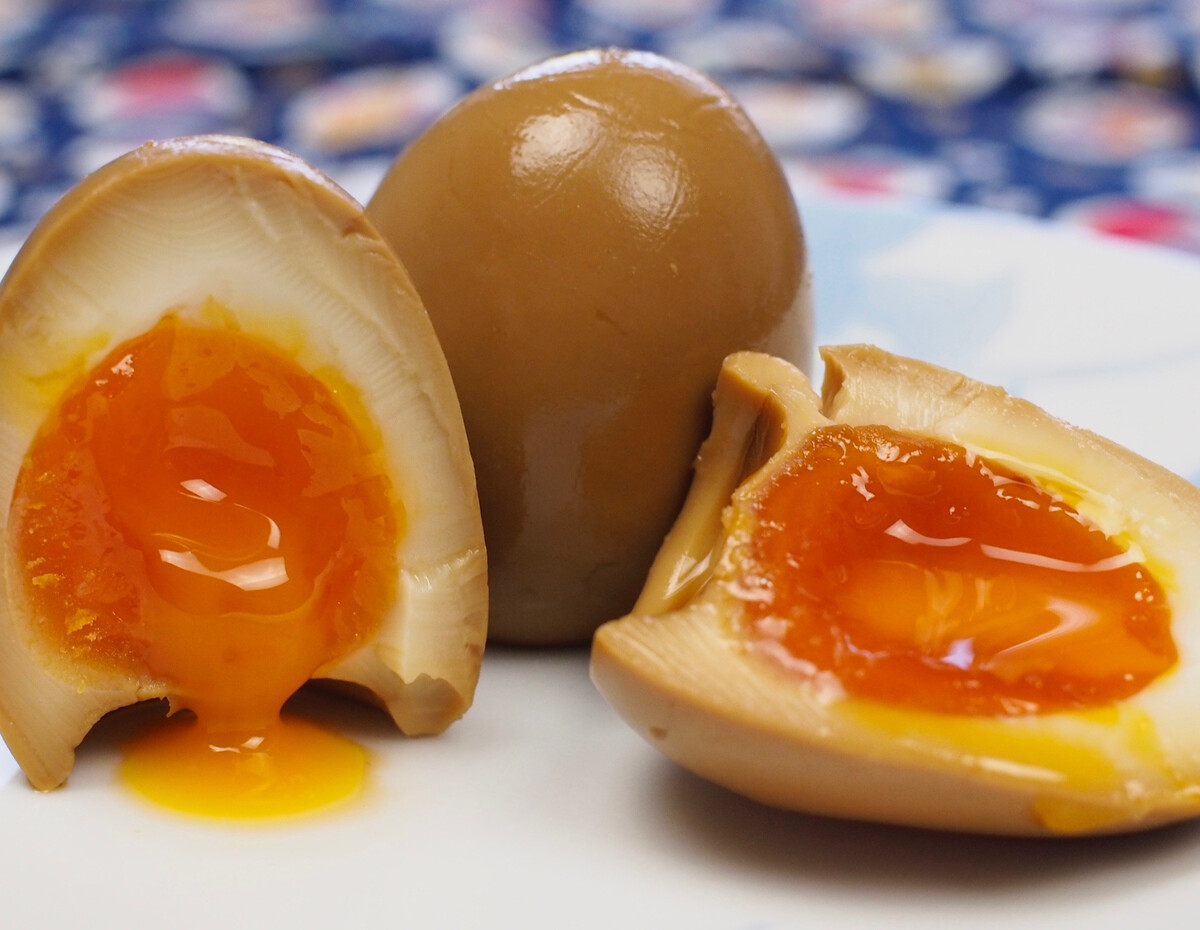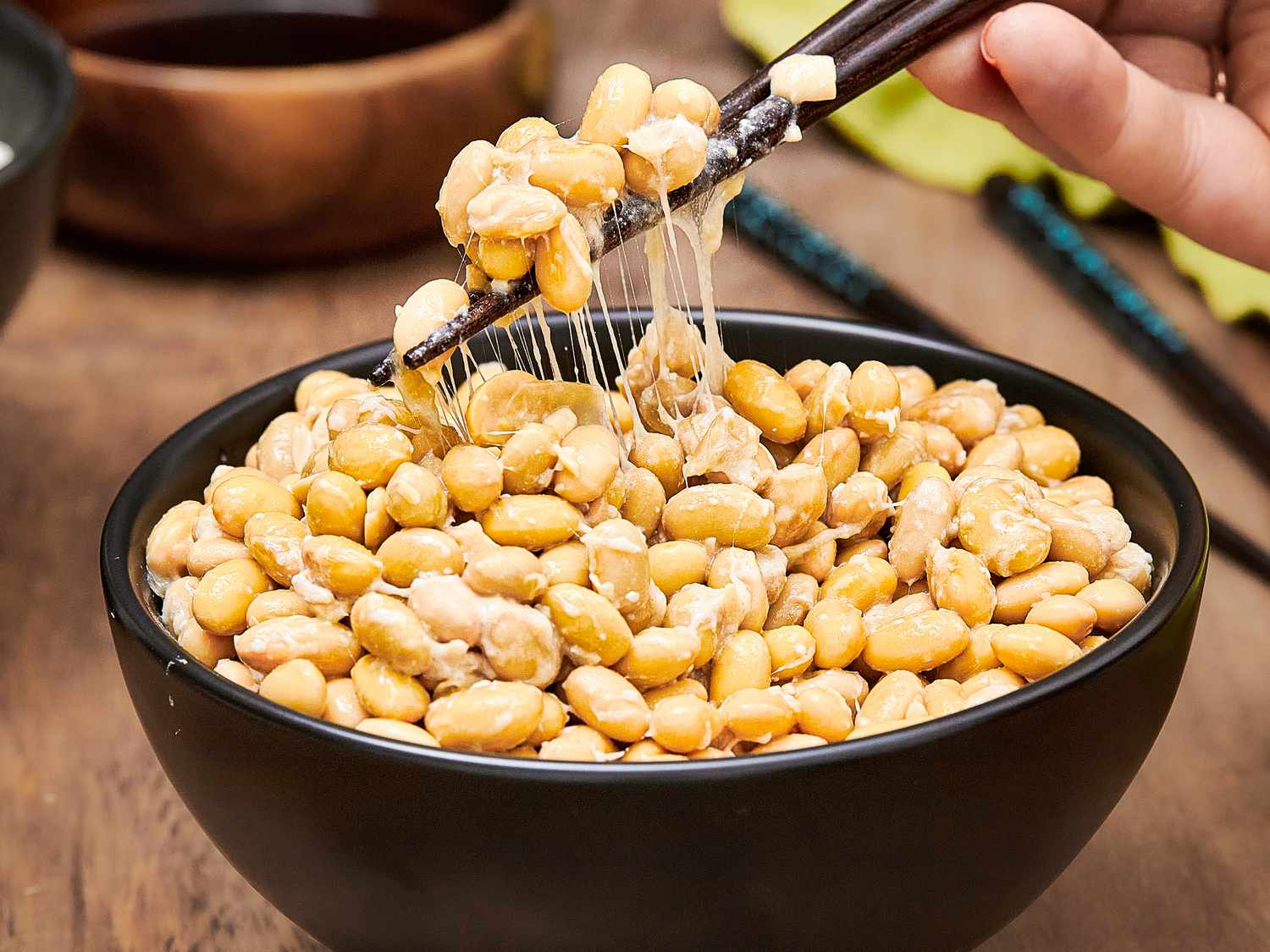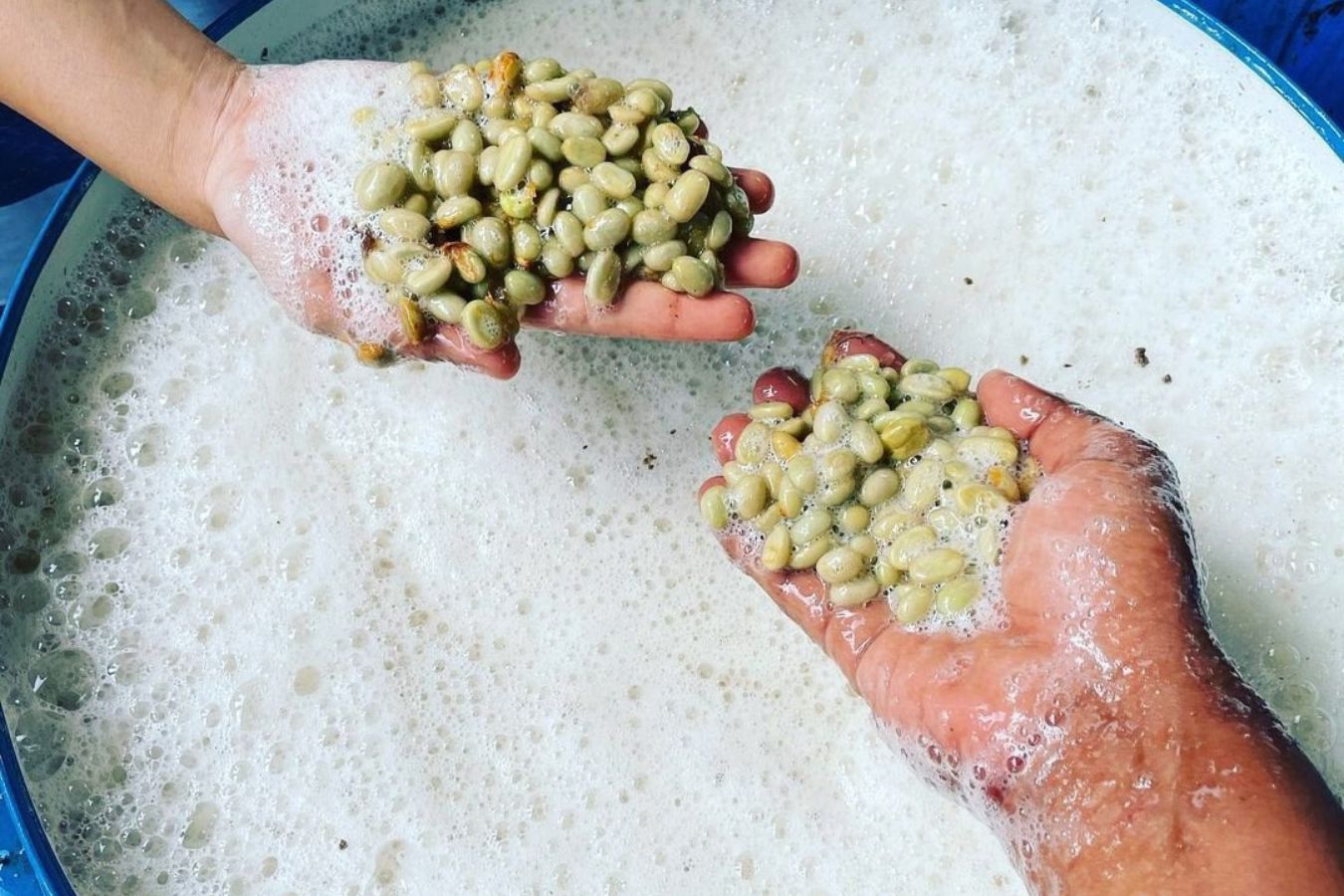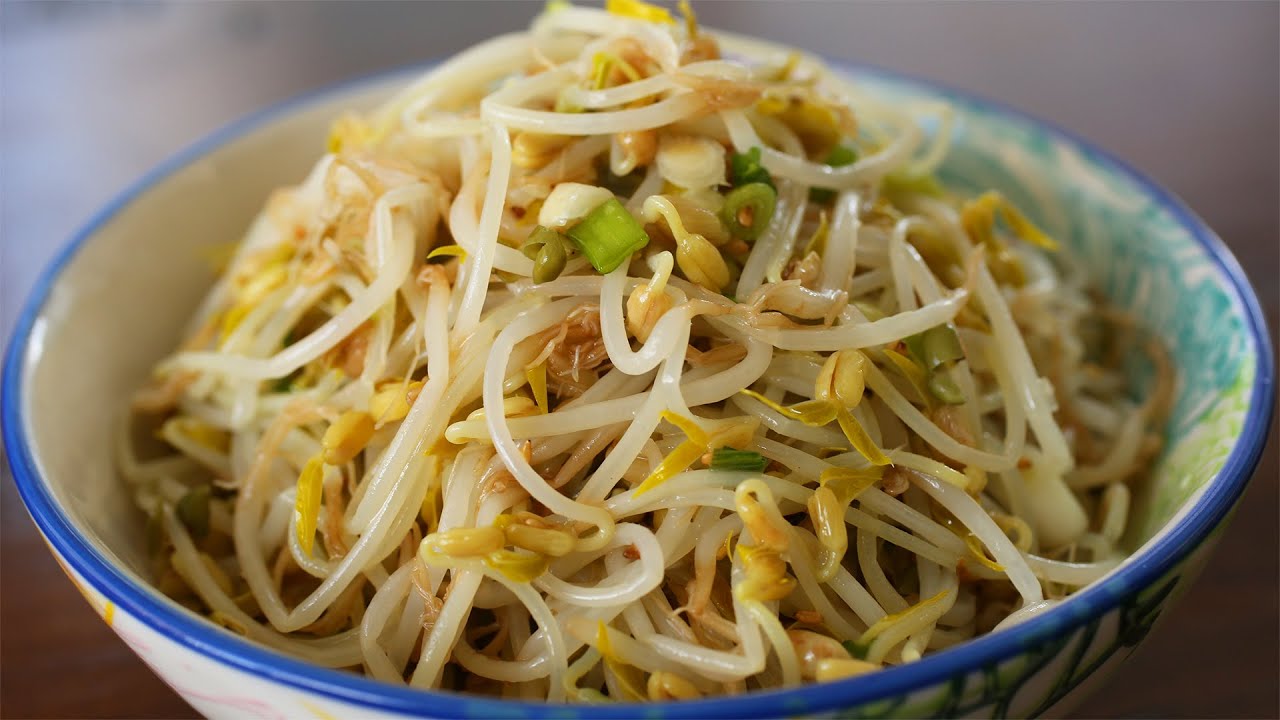What is Fermented Corn?
Fermented corn is a nutritious and easy-to-digest food that can be a great addition to your chickens’ diet. It is made by soaking corn in water and allowing it to ferment for a period of time, which helps to break down the starches and make the nutrients more accessible to the chickens.
Why Feed Chickens Fermented Corn?
There are several benefits to feeding fermented corn to your chickens:
- Improved Digestibility: The fermentation process breaks down the starches in the corn, making it easier for chickens to digest.
- Increased Nutrient Availability: Fermentation increases the availability of nutrients such as vitamins and minerals, making the corn more nutritious for your chickens.
- Probiotic Benefits: Fermented foods contain beneficial bacteria that can support the gut health of your chickens.
- Reduced Waste: Chickens tend to waste less fermented feed compared to dry feed, resulting in potential cost savings for the chicken owner.
How to Ferment Corn for Chickens
Here’s a simple step-by-step guide to fermenting corn for your chickens:
- Soak the Corn: Place the corn in a container and cover it with water. Allow it to soak for 24-48 hours.
- Drain and Rinse: After soaking, drain the water from the corn and rinse it thoroughly.
- Fermentation: Place the soaked and rinsed corn back in the container and cover it with water again. Allow it to ferment for 3-5 days, stirring it once or twice a day.
- Feed to Chickens: Once the corn has fermented, it’s ready to be fed to your chickens. You can offer it to them as a standalone treat or mix it with their regular feed.
Important Considerations
When fermenting corn for chickens, it’s important to keep the following considerations in mind:
- Hygiene: Use clean containers and utensils to prevent the growth of harmful bacteria during the fermentation process.
- Temperature: Warmer temperatures can speed up the fermentation process, so keep the container in a relatively warm area.
- Monitoring: Keep an eye (and nose) on the fermenting corn to ensure that it’s developing the desired sour smell and not showing signs of spoilage.
- Start Small: If you’re new to fermenting feed, start with a small batch to get the hang of the process before scaling up.
In Conclusion
Fermenting corn for chickens can be a simple and effective way to enhance the nutritional value of their diet. By following the steps outlined above and keeping important considerations in mind, you can provide your chickens with a tasty and beneficial treat that supports their overall health and well-being.
Was this page helpful?
Read Next: How To Ferment Malted Rye
